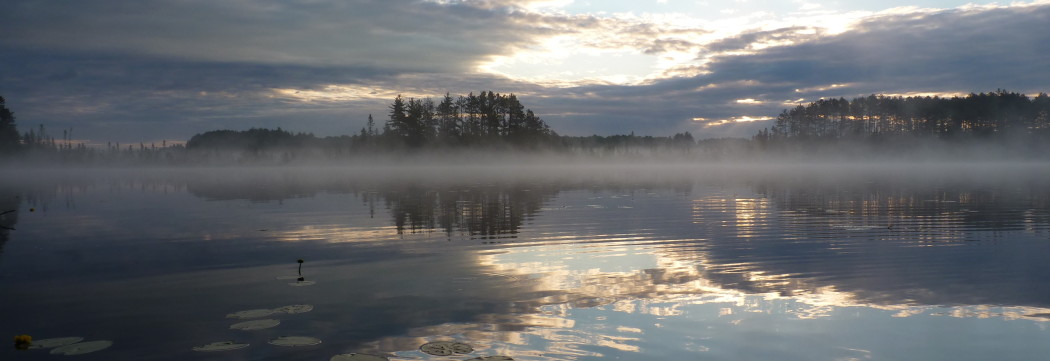 We recently welcomed another group of Guardian Intensive trainees to Nadmadiwining, our support center here at Teaching Drum Outdoor School, for their 80 day wilderness immersion experience in the Northwoods of Wisconsin. They had just completed the two-and-a-half month At-home Training, which included physical conditioning and sensory-awareness exercises to help prepare them for living together in the wilds. The At-home Training required that they come together each day around the virtual hearth (in this case, an e-group forum) where they summarized their experiences and what they gained from the exercises. Each morning when they awoke, a Zen story awaited to walk their day with them. They reflected on it during the day and shared what they gained that evening on the forum. In these ways, they came to know each other and to grow in relationship.
We recently welcomed another group of Guardian Intensive trainees to Nadmadiwining, our support center here at Teaching Drum Outdoor School, for their 80 day wilderness immersion experience in the Northwoods of Wisconsin. They had just completed the two-and-a-half month At-home Training, which included physical conditioning and sensory-awareness exercises to help prepare them for living together in the wilds. The At-home Training required that they come together each day around the virtual hearth (in this case, an e-group forum) where they summarized their experiences and what they gained from the exercises. Each morning when they awoke, a Zen story awaited to walk their day with them. They reflected on it during the day and shared what they gained that evening on the forum. In these ways, they came to know each other and to grow in relationship.
As soon as the six trainees arrived at Nadmadiwining, the guides gave an orientation and introduction for the wilderness segment of their training. Each trainee had his/her weight, blood pressure, pulse, and body fat content taken. These vital signs will be monitored throughout the Training.
Their first exercise in circle consciousness was to choose a pack frame that not only fit them best, but did not deprive someone else of the best-fitting pack frame. The approach to the experience is minimalist: they will carry all their gear on their backs. Essentials include a knife, a tarp, mosquito netting, a couple changes of clothes, sleeping bag, bowl, toothbrush, floss, and comb or brush. The group shares the use of a tomahawk, a small sewing kit, a first-aid kit, and one box of matches. The matches are temporary. Once they leave for the wilderness, they will need to have already learned how to make a friction fire using a bow drill.
The Guardian Intensive Training is built upon the tenets of the Guardian archetype, as found in hunter-gatherer cultures. The Guardian serves his/her people as scout, lookout, message carrier, guide through new territory, hunter, craftsperson, and mentor for youth. Characteristics of the Guardian are high sensitivity, alertness, centeredness, empathy, and moving as quiet as a shadow.
The trainees are asked to come to this next leg of their journey into the wild as an empty bowl: to let go of their preconceived ideas of who they are and who the culture taught them to be. Only then can they reawaken to who they truly are. These 80 days are designed to be physically and mentally challenging—to take them out beyond their edge, where they will face their fears head-on. This is a time for them to learn how to live together in community, to fully understand what it means to be one integral part of the whole. As one graduate of the program said “We did everything as one. We learned how to flow together in sinuous, intuitive movement, like a pack of Wolves. Camaraderie bound everybody together into a finely-honed organism. Everybody was valued as a vital organ—nobody was expendable.“
Over these next few months, we will continue to introduce you to the different aspects of the Guardian Intensive Training, so you will have a better understanding of what the trainees are experiencing. We will give you updates on their prog ress, which will include their triumphs as well as their struggles and pitfalls. We welcome you to join them on their life-changing journey, as they make their way into the Northwoods wilderness.
ress, which will include their triumphs as well as their struggles and pitfalls. We welcome you to join them on their life-changing journey, as they make their way into the Northwoods wilderness.



 ning is the newest program at Teaching Drum Outdoor School. Inspiration for this program grew out of the
ning is the newest program at Teaching Drum Outdoor School. Inspiration for this program grew out of the 


